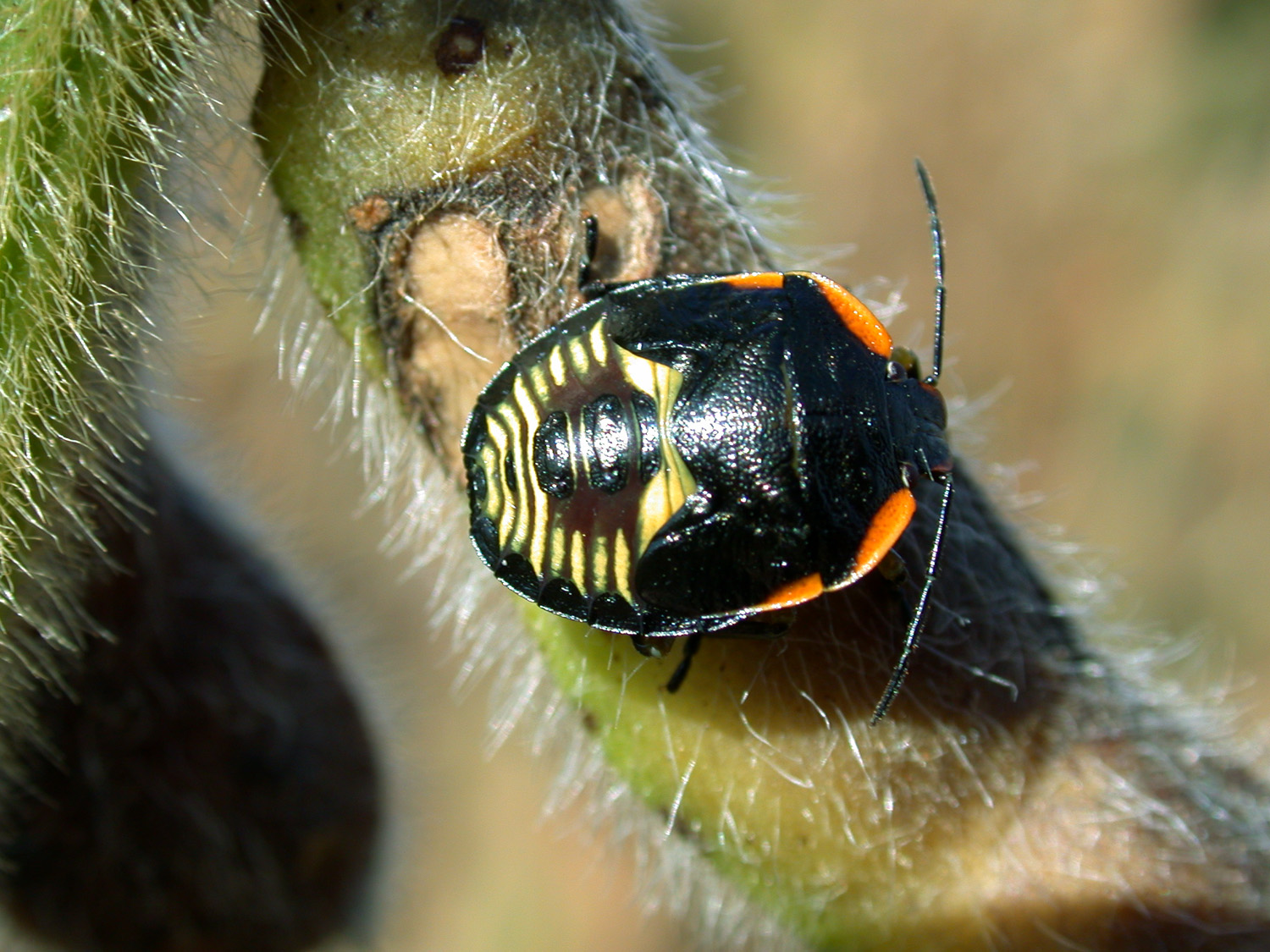
As the soybean crop begins to mature and the plants “shut down”, many insects are no longer interested in these plants.


As the soybean crop begins to mature and the plants “shut down”, many insects are no longer interested in these plants.
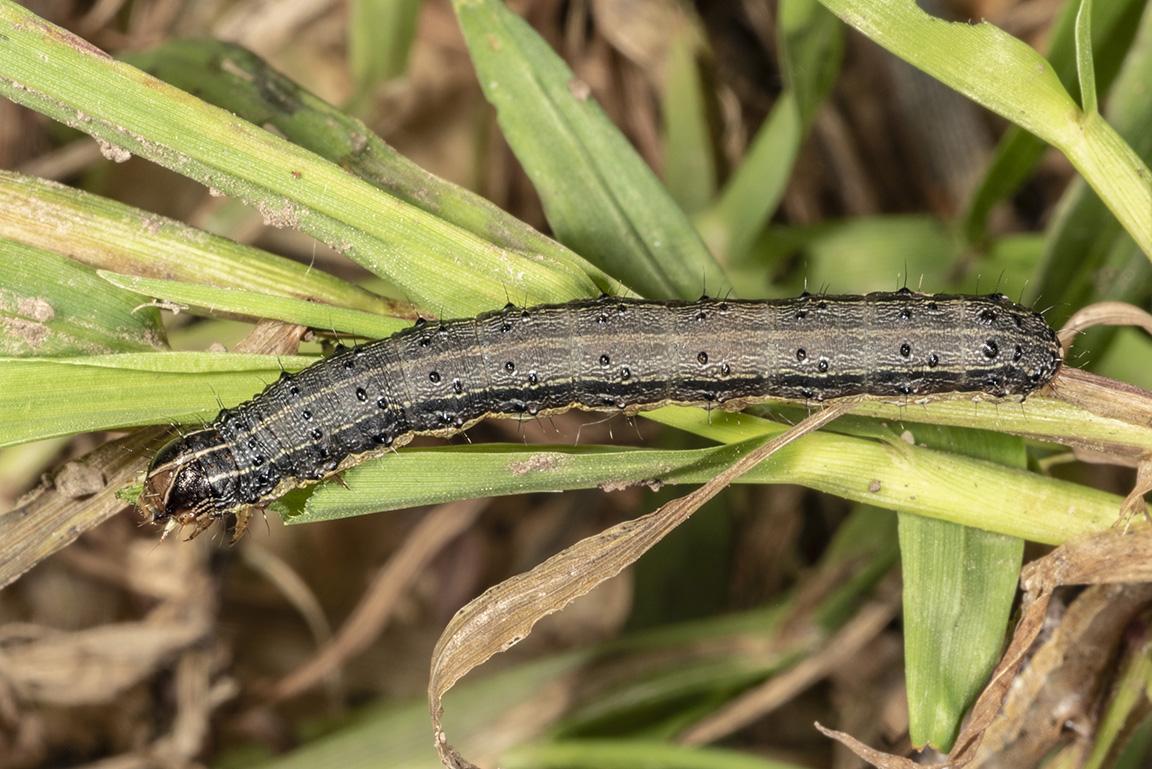
Fall armyworm pheromone trap catches low throughout Indiana.

In recent weeks, fall armyworm infestations have been decimating some soybean and forage crops in Kentucky.
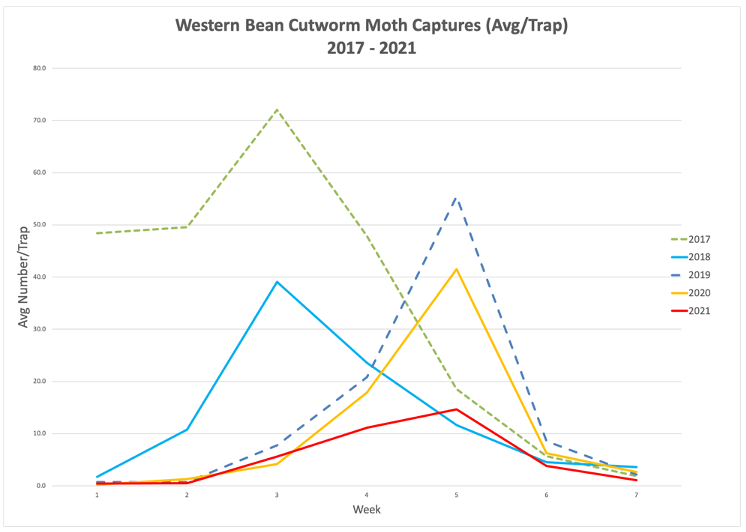
Although some other states in the US corn belt, and in Ontario, Canada are seeing high moth flights (and we thought Indiana would follow suit), Indiana is a “have-not” state for WBC this year.
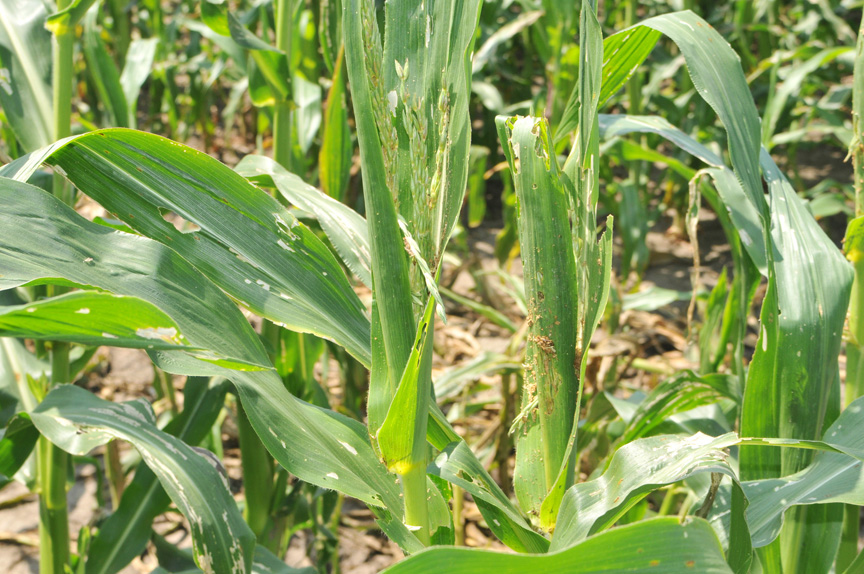
Everyone remembers last year; many are awaiting this year’s fall armyworm (FAW) attack. Still, at this time, there is little activity reported in the Midwest.
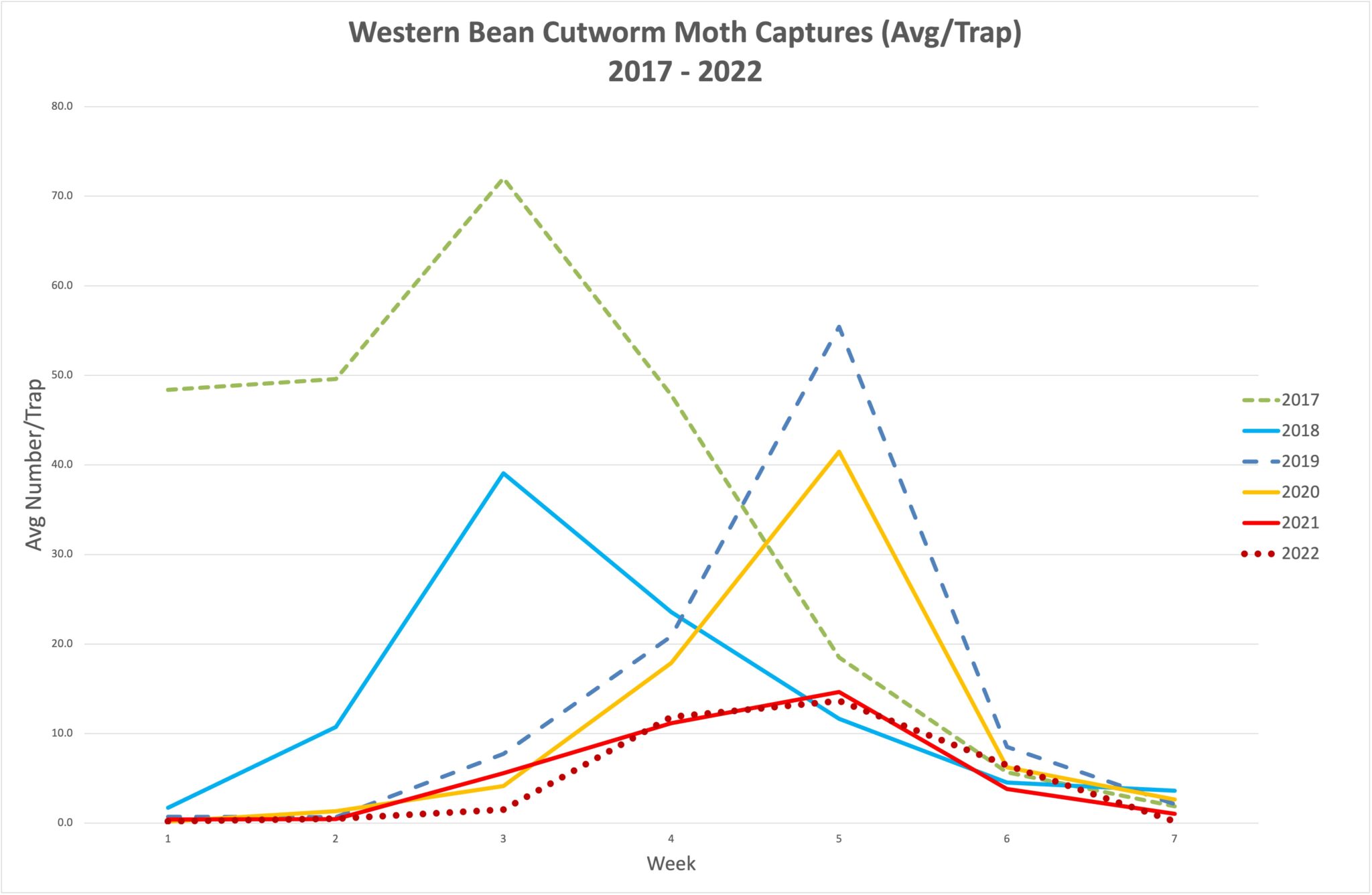
Although some other states in the US corn belt, and in Ontario, Canada are seeing higher moth flights, Indiana, like last year, is a “have-not” state for WBC this year.
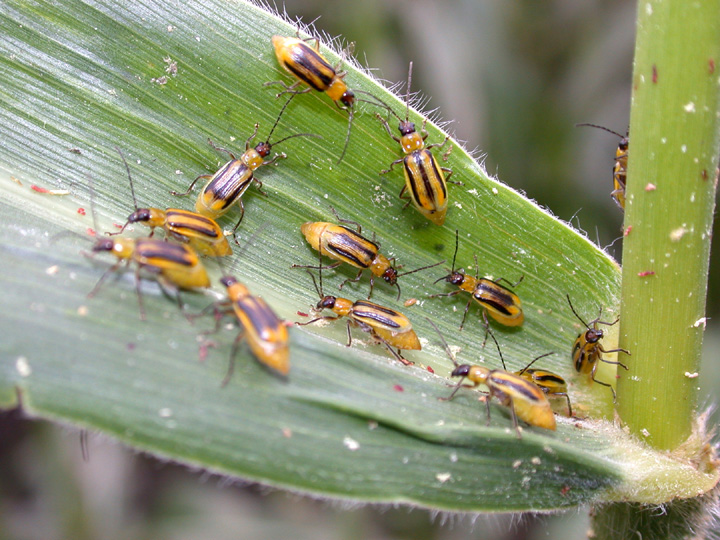
We’ve received multiple reports of impressive rootworm beetle populations in cornfields. Most of these fields were continuous corn without rootworm larval protection. These fields seem to be the exception, but the increasing trend is troublesome. This article is a reminder that is pest is still alive and well. For years, high adoption of highly effective Bt hybrids for rootworm control has likely contributed to a decline in rootworm populations. Overall, Indiana producers have managed this pest through a combination of crop rotation and/or use of Bt-rootworm hybrids. This approach, over many years, drastically reduced rootworm populations compared to 20 years ago. More recently, as state-wide rootworm risks to corn damage declined, producers have used less rootworm protection on their corn. This was a combination of those wanting to save money and take a chance with no protection or those assessing their risks on a field-by-field basis with scouting[Read More…]
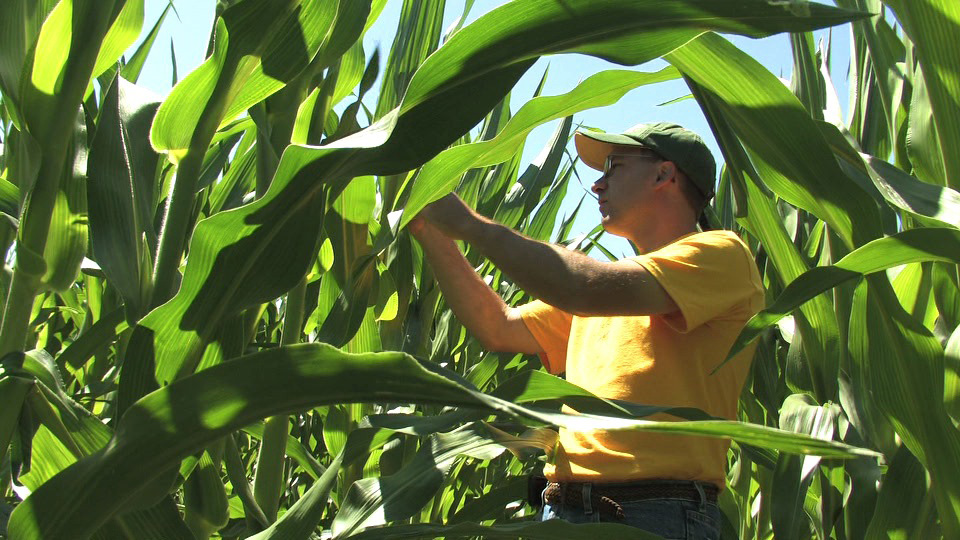
The western bean cutworm (WBC) trapping season continues, and after a slow start, moth flights have increased slightly in many northern Indiana county traps this past week.
With EPA’s recent revoking of chlorpyrifos (e.g., Lorsban, Tundra Supreme) tolerances in food/feed crops, we have lost an active ingredient that provided control of spider mites.
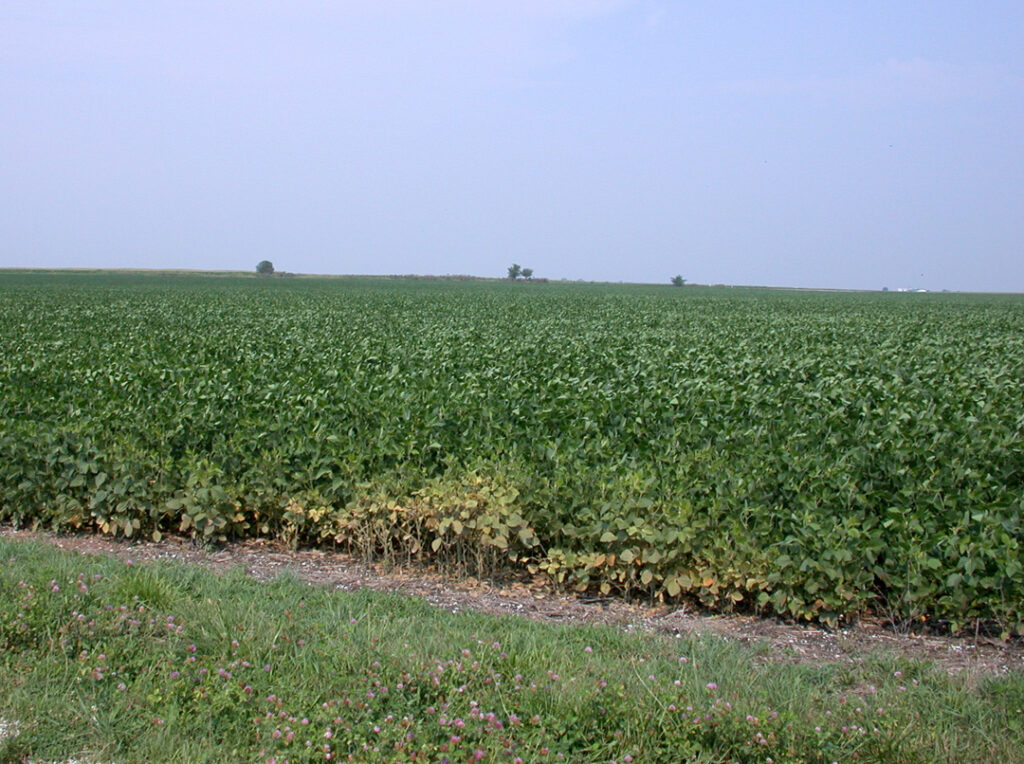
Some areas of Indiana remain very dry and concerns of spider mites moving into fields from parched field/road sides increase.
© 2026 Purdue University | An equal access/equal opportunity university | Copyright Complaints | Maintained by Pest&Crop newsletter
If you have trouble accessing this page because of a disability, please contact Pest&Crop newsletter at luck@purdue.edu.